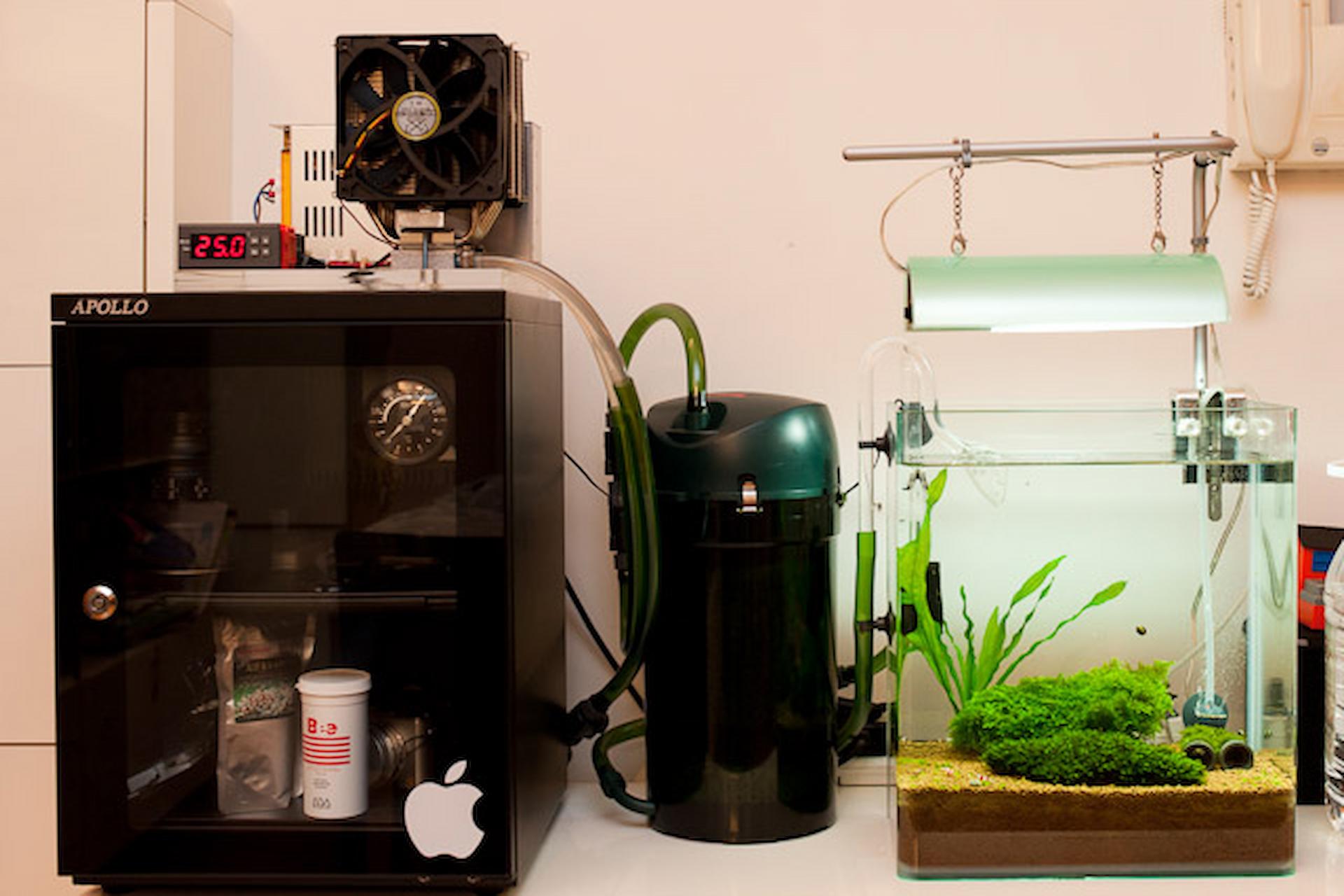
You may have admired some heavenly looking aquariums and also wondered why others look like fully fledged disasters. Of course, hard work for your aquarium’s care pays off, but experts in the trade also have some inside secrets to aquarium setup.
Most of the setup and the care for your aquarium is generally what common sense dictates. But there are also less obvious secrets, bits and pieces in the trade which you must know so you can keep things running smoothly. Such secrets can help cut tank cleaning time and also keep your fish healthy and happy.
The Importance of Size
Beginners are often recommended to choose the smallest possible tank and start off their aquarium experience with it. But the idea is not entirely sound because of two reasons. First, in smaller tanks the water quality worsens faster. Another disadvantage of small, cramped tanks is that the little space is an inconvenience for fish, and the water temperature changes in a smaller tank are also harmful. This doesn’t mean you should choose a very large tank, but if you’re a beginner, look for a larger one among the tanks on the market.
Washing Out
When you go about cleaning the tank, or part of it, never use fresh tap water to wash ornaments, filter sponges, aquarium chillers, or other items. Tap water abounds in chemical elements, and if your fish are exposed to them, they will be quickly wiped out. The solution is to do all the rinsing by the water from the tank, or pre-treated water.
The Step By Step Way
When a tank is cared for properly, you will never need to fully empty it and scrub it out in whole. The trade secret is to opt for an affordable gravel cleaner, and then you will be able to extract just one-fourth of the tank water each time, and then top the tank up using newly treated water. You should watch for any build-up of algae or dirt, thus sparing yourself the full cleaning. In addition, any build-up can be deadly for the fish in the tank.
Don’t Yield to Fish’s Appetite
Your fish can have more than healthy appetite, or they can look at you with ‘hungry’ eyes, but that does not actually mean they need to be given more food. Fish have the pretty unhealthy habit which can lead to their death: they can eat as much food as they see around. Don’t make the mistake of enjoying ‘treating’ them to more food, it’s just not good for them.
Choose New Fish Carefully
When you decide to add new fish to your tank, look at the fish in the store for signs of injury or disease. If you see just one fish in the tank that looks a bit less than in perfect health, the chances are that all the fish in that tank have the same less than perfect health. If you buy sick fish, they can soon spread the malaise to the fish in your tank, so choose carefully and take the healthiest specimens home.
Add Fish One by One
Even if your tank is huge, it is not a good idea to fill it with lots of fish simultaneously. Each fish entering the tank adds to the strain on the water, and different enzymes and bacteria need time to get balanced. The more fish enter the water simultaneously, the harder the strain on the water, and so the chances of harming all the fish living in the tank. Even when you are tempted by special offers on your dream fish, add them one by one, don’t hurry.
Measuring Up
One of the rules of thumb for tanks is to measure the water you will put in the tank, with not more than 1 inch of fish against a water gallon of the tank. Still, that should not be followed too closely: that would mean that you should put a 10-inch fish in a 10-gallon tank. Finally, use common sense and always err on the side of caution.
Isolation Tank
Having a large tank is great but in order to take a really good care of it, have a smaller tank beside which you can use for isolation. For example, there you can quarantine new fish before you add them to the tank. The isolation tank will also be useful for the immediate removal of fish that seem sick and can infect the other creatures in the tank.